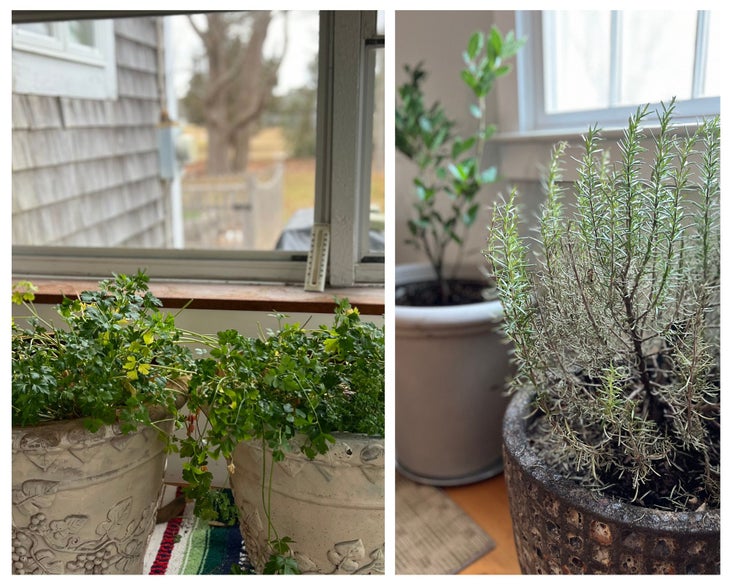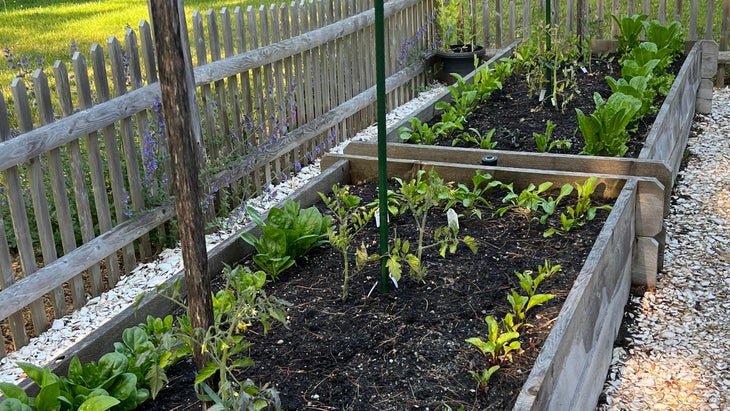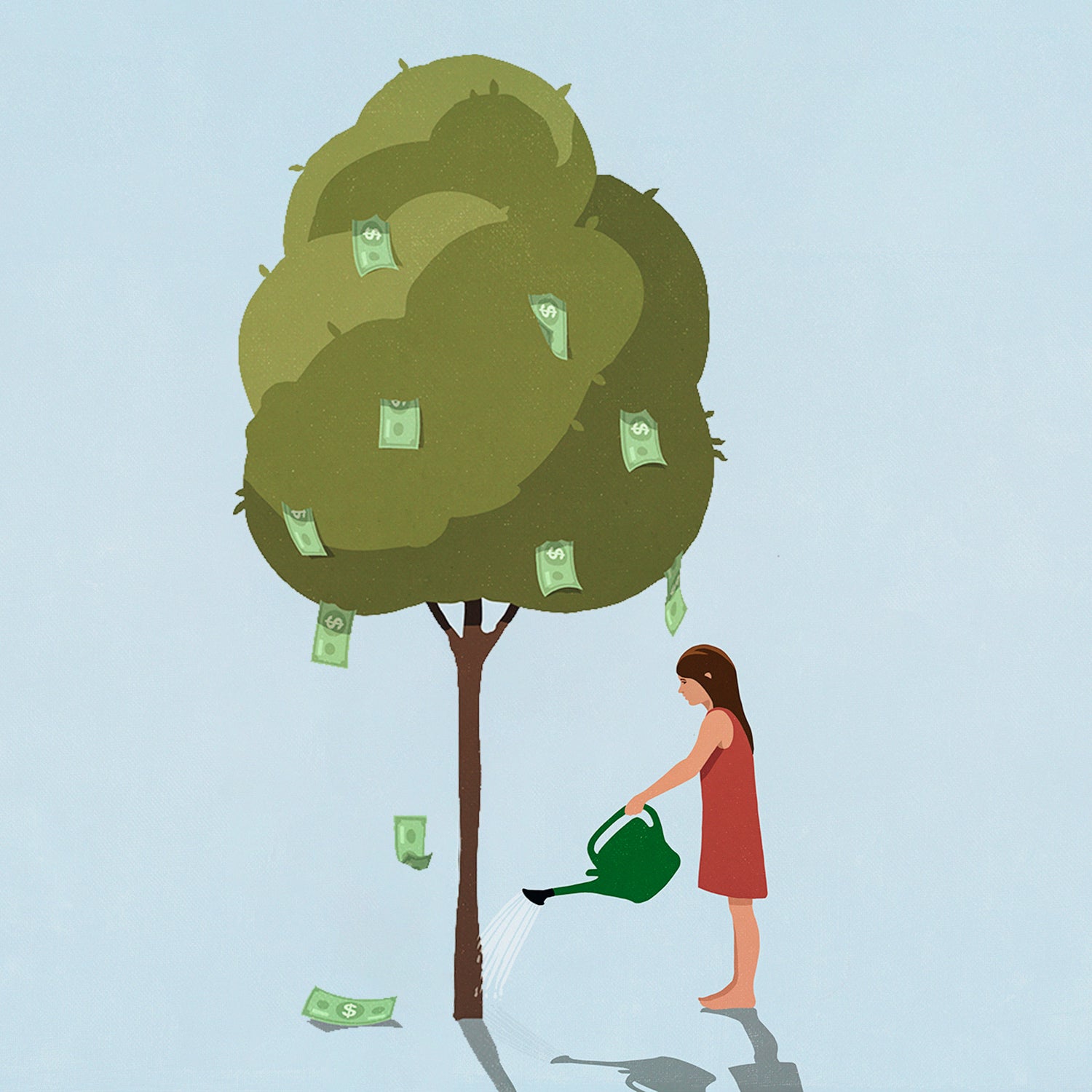It often feels like going green takes a bite out of your wallet. Organic produce, sustainably sourced apparel, electric cars, renewable energy—many of these cost more than traditional goods and services, and the increased prices can force us to make a tough decision. Do we do what’s right for the planet, or make smart financial choices? It’s painful that going green and saving money can often feel mutually exclusive.
I recently discovered that they don’t have to be.
When I started writing this column almost exactly one year ago, my goal was to examine all facets of my life and try to make more sustainable choices every day. I also began tracking how this lifestyle impacted my bank account. After a year, I have been pleasantly surprised. It turns out I have actually saved money—by my count, approximately $9,000.
I analyzed the green products and habits that helped me save the most cash, and have distilled them down into 11 easy actions. They’re accessible choices we can all make–the ones that don’t require fat initial investments. (I bit the bullet and bought an EV, which saved me $700+ in gas last year, but I didn’t include that savings in my tally.)
Most importantly, these habits have brought me joy, taught me new lessons and skills, and opened my eyes to the many benefits of going through daily life with a sustainable mindset.
How to Save Money While Going Green
I crunched all these numbers using the following assumptions: family of four, New England weather, and local prices. The savings below are conservative estimates.
Shopping Secondhand
Almost everything I’ve bought in the last year has been thrifted, from clothing to kitchen gadgets to garden tools. I’ve scored $230 designer jeans for $8, $150 Brooks Brothers shirts for my sons at $4 apiece, and a fancy $120 rice cooker for $10. And the big score: I found two huge stone planters that would have cost me $1,000 at Pottery Barn. I scooped them up at an estate sale for $20 each.

All told, I saved big in the last year by staying off of Amazon, avoiding spontaneous shopping, and buying most of what I need or want in a pre-loved condition. Plus, thrifting—or treasure hunting, as I have come to think of it—has become not only a way of life, but a hobby. I love trolling the shops on weekends, even if only to search for mason jars.
Total annual savings: at least $3,500
Shopping My Fridge
I used to go to the market almost every day. I’d decide what to make for dinner based on what I was craving or a request from one of my kids and head off with my ingredient list. Now, I do one big shop on the weekend, list in hand. On weekdays, I contemplate the contents of my fridge and pantry and see what meals I can create. Not only does it cut down on food waste (because I use things up before they spoil), it’s become like a daily puzzle-solving game and I estimate that it saves me about $50 a week. Some recent creations that did not disappoint: veggie fried rice (I make this about once every two weeks), oatmeal fruit smoothies, gojuchang buttered noodles with cucumber salad, chopped Greek salad, and roasted veggie barley soup.
Total annual savings: $2,600
Cooking Plant-Based Twice a Week
The production of meat across the globe accounts for of plant-based foods, according to a 2021 study on nature.com. Turns out a heavy meat-based diet is equally harmful to our bank accounts. I routinely pay $14 for a package of three organic chicken breasts and $16 for two pounds of organic hamburger meat. By simply subbing in dried black beans one night (for a hearty chili) and dried garbanzo beans (for a spicy veggie curry), I save $26 per week, plus have plenty of leftovers for lunches.
Total annual savings: $1,352

Growing My Own Fresh Herbs
I frequently cook with herbs. My typical daily intake includes a big handful of mint in my smoothie, or a mound of cilantro and parsley on my stir fry. Buying fresh herbs at the grocery store has always ticked me off—mostly because of the plastic packaging. I hadn’t given much thought to how much money I was spending, until I did. I actually made a spreadsheet of how often I use a package worth of herbs: parsley, cilantro, basil and chives every week; mont, thyme, and rosemary every other week; dill once a month; bay and sage a couple times a year. Then I tallied up my savings by growing my own, which I’ve been doing for several years–some in planters and some in garden beds. Not only was the savings pretty staggering, but I realized that always having the herbs on hand makes me use them more. Plus they’re pretty.
Total annual savings: $352

Growing My Own Greens
I grow lettuce, spinach, chard (as well as radishes, beets, and carrots) from June to October each year. This saves me a bundle and reduces my household plastic intake considerably (since the best lettuces always come in that annoying clamshell packaging). I’m fortunate to have nice big garden beds, but I have friends who grow them all year round using an aerogarden. Proof that (literally) going green can save you money.
Total annual savings: $320
Make My Own Sparkling Water
We go through a lot of fizzy water in my house. It’s a much healthier alternative to soda, but the price adds up and the recycling bin fills quickly with cans. But I thrifted a $150 Soda Stream for $12 bucks and now I make my own, often adding a squeeze of citrus.
Total annual savings: $286
Turning Down the Heat
We all have sweaters and puffies and beanies—let’s use them! My colleagues who I see every day on Zoom can confirm that I’m always bundled up. But doing so lets me keep the thermostat at 60 degrees Fahrenheit all winter long (despite the complaints of my family). Your savings will vary depending on where you live and how you heat your house.
Total annual savings: $270

Swapping Paper Towels for Reusables
My family used to rip through a few rolls of paper towels each week before I stopped buying them. Now we use washable instead (and also stopped buying kitchen sponges). I got a 24-pack for $38.
Total annual savings: $156
Swapping Ziplocs and Plastic Wrap for Reusable Food Storage
Google tells me that the average American family goes through 500 plastic storage bags per year, and that sounds about right to me if you’re using them only once and they’re your main source of storage. Back when I packed school lunches for my kids, I’d blow through 4 to 6 a day without thinking about it. Stretch-Tite plastic wrap was also one of my go-tos, and I used to buy several rolls a year. But now I store everything in reusable, preferably glass storage containers, silicone bags, thrifted mason jars, and repurposed pickle and peanut butter jars.
Total annual savings: $115
Composting
My passion for growing my own food has sprouted into many new sub-hobbies like canning, jelly-making, pickling, and naturally, composting. I used to buy six or seven bags of organic compost for my garden each year at about $17 a pop. Now I make my own, which is a fun science experiment with the added benefit of obliterating food waste in my house.
Total annual savings: $102
Subbing Soap Nuts for Liquid Laundry Soap
After a deep investigation into laundry pods and so-called “green” laundry sheets, I went in search of a way to clean my family’s clothes without plastic and toxic chemicals and discovered . They’re actually hard-shelled berries that grow in tropical climates and contain saponin, a natural soap. I put five in a little muslin sack, add a few drops of lavender oil per load, and get five to eight loads out of each batch (adding more lavender for each load). Once spent, the nuts go right into my compost. Although it’s not a huge money saver, I like that I’m avoiding all those plastic jugs and keeping bad chemicals out of my clothes and the water table.
Total annual savings: $23
Lessons Learned and Money Saved by Going Green
It might sound corny, but making these changes in my life has brought me great joy: puttering in my garden, treasure hunting in thrift stores and at estate sales, proudly serving my home-grown veggies to hungry loved ones.
These habits have sparked more mindfulness about the things I do and don’t need and taught me to question my consumerism every day. I’ve been hesitant about sustainability evangelizing in the past, not wanting to seem righteous or preachy. But now that I’ve seen how much cash there is to be saved by making these small changes and the pride and joy that comes with it, I’ll gladly talk your ear off about how going green can save you money.
Doing right by the planet can make you happier, healthier, and—yes—wealthier. �����ԹϺ���’s head of sustainability, Kristin Hostetter, explores small lifestyle tweaks that can make a big impact. Write to her at climateneutral-ish@outsideinc.com.


